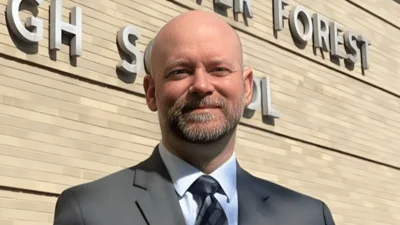Oak Park students | https://www.facebook.com/oakpark97/photos/a.680489412015666/5450225461708680/?__tn__=%2CO*F
Oak Park students | https://www.facebook.com/oakpark97/photos/a.680489412015666/5450225461708680/?__tn__=%2CO*F
The Oak Park Elemerntary School District 97 board of education held a meeting regarding the district’s financial situation that’s causing it to get a loan.
“Our role in the placement agent was to help the district find the lowest cost of capital, the lowest interest rate,” Elizabeth Hennessy from Raymond James, an investment banking company, said during the meeting. “We estimated three and a half percent, based on what the banks are offering to purchase the tax warrants for basically two and a half months. We feel that we will be able to place these, you know, get some competitive bids from banks.”
Lincoln Institute of Land Policy noted that property taxation and school funding work well together in the United States. It added that public education saw approximately $700 billion in revenue between 2018 to 2019.
Property taxes are a major revenue source for the district, with 75-80% of their budget coming from property tax revenue. They come in a cycle, typically receiving them twice a year, once in the spring and once in the fall. Cook county has announced a huge delay in the tax cycle however, with bills being due in December this year instead of late August.
Smartasset noted Illinois’ property tax is at 2.16%.
This break in the cycle, because it is such a large delay, has impacted the budget of district 97. Their cash reserves cannot cover the break in the normal cycle, so they have taken tax anticipation warrants, which are essentially short term loans used by governmental agencies for cash flow problems like the district is experiencing. These loans will all be paid back in January when the district receives their normal dues of property taxes.
The board will meet again at 7 p.m. on Oct. 11 in the board room of the district’s administration building on 260 Madison Street in Oak Park.
It was determined that the district would need to borrow about 6.5 million to cover the gap. They can borrow from their own other funds in this situation, which they did, pulling $1 million from their transportation fund and $1 million from their working cash fund. So with that decrease in the need, the borrowing will cost them in total about $65,000.






 Alerts Sign-up
Alerts Sign-up